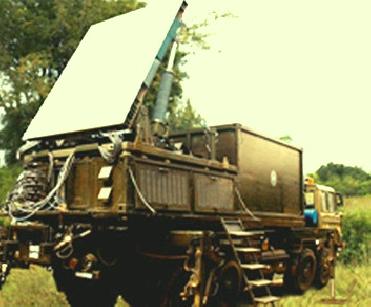
Weapon Locating Radar jointly developed by DRDO's Bangalore based laboratory, LRDE and BEL. A File Photo.
The advent of electronic surveillance devices and long range weapon systems in the defence forces have extended the area of operations much beyond the visual range. They have significantly enhanced the combat potential of the armed forces.
Weapon Locating Radars (WLR) are mainly used to detect and locate enemy artillery units by tracking the trajectory of incoming rounds. They can track mortar shells and unguided rockets.
The WLR uses a series of radar techniques, computer controlled signal processing, and automatic height correction to detect, verify and track the projectiles in flight. Then it constructs new data points outside a discrete set of known data points for both the firing position and impact point.
In a WLR system, detection, location and tracking of requisite targets is handled by advanced algorithms and state-of-the-art-hardware. The key feature of the radar is the ability to locate enemy weapon from its first round and transmit the data of the acquired target to the counter fire elements for retaliatory strike before the target is redeployed.
WLR can also provide fire correction of friendly artillery units. In this role, projectiles are tracked and the impact point is determined. The adjustment data and weapon locating modes generally operates simultaneously.
Examples of various weapon sensor systems;
i)AN/TPQ-37:Firefinder radar (USA): The system has a reported range of up to 50 kilometers.
ii)The MAMBA:Weapon Locating Radar (UK): The system has a reported range of up to 30 kilometers.
iii)ARTHUR:"Artillery Hunting Radar" (Sweden): The System can detect incoming artillery rounds at 40 kilometer distance.
iv)Type 704 Radar: Firefinder radar (Chinese): The system has a reported range of up to 50 kilometers(Copy of US AN/TPQ-37).
v)SLC-2 Radar:WLR,Firefinder radar (Chinese): The system has a reported range of up to 50 kilometers, SLC-2 radar can also be used to detect and track low flying targets such as light aircraft, helicopters and RPVs.
vi)BL904:WLR,Firefinder radar (Chinese): The system is newly introduced so its capabilities are not known yet.
WLR (India)
India has also developed its own deep penetration radar. The radar can locate objects hidden under foliage up to 30 km. The WLR, a joint development project undertaken by Electronics and Radar Development Establishment (LRDE), a DRDO lab and Bharat Electronics Limited (BEL), is developed to fulfill the requirement of the Indian Army.
The LRDE and BEL jointly developed WLR is mounted on TATRA 8X8 vehicle, and is built to operate in all terrain and weather conditions.
The design and performance of the WLR is similar to the AN/TPQ-37 radar of the USA. The WLR is developed based on the proven Rajendra radar technology. At present, the system is undergoing user assisted trials. The Indian Army is in the final stages of accepting for the induction of the WLR.
- Courtesy:
DRDO
Global Security Website
Aero India 2009
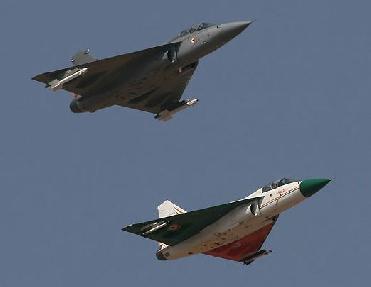 Previous Article
Previous Article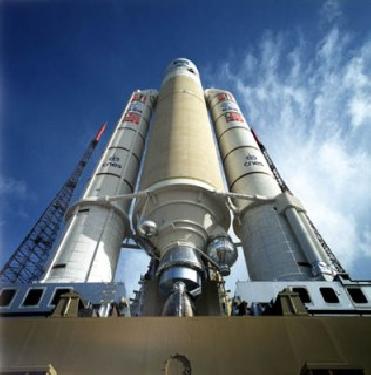 Next Article
Next Article

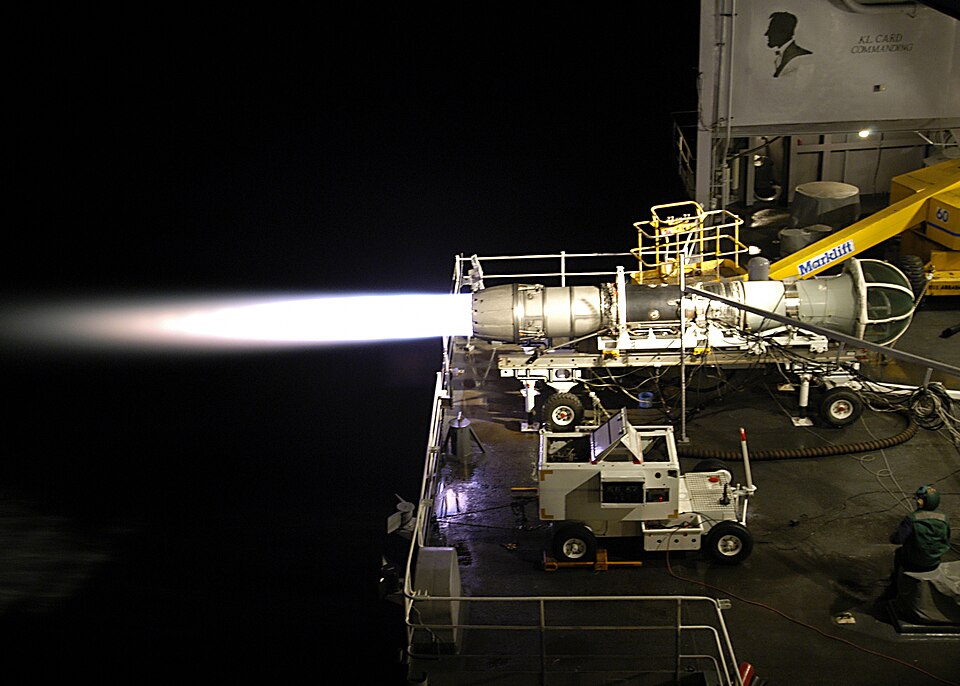
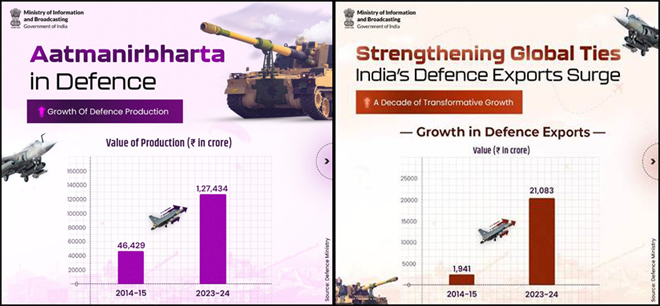










The Indian Air Force, in its flight trials evaluation report submitted before the Defence Ministry l..
view articleAn insight into the Medium Multi-Role Combat Aircraft competition...
view articleSky enthusiasts can now spot the International Space Station (ISS) commanded by Indian-American astr..
view article